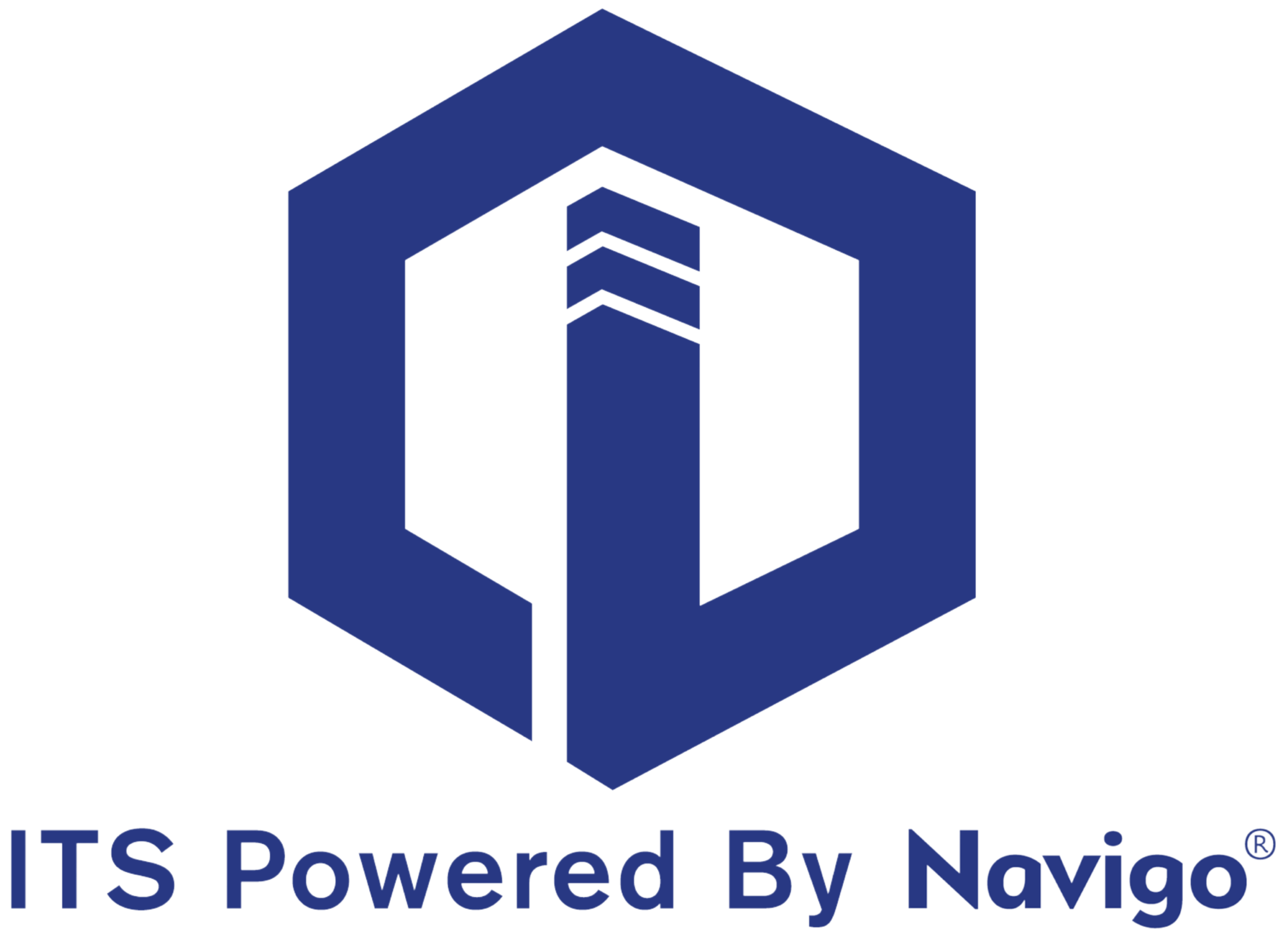Headquarters
7150 Columbia Gateway Drive, Suite L, Columbia, MD 21046
New York Location
112 West 34th Street, 18th floor, Room 18025 New York, NY 10001

Proud member

In the world of digital signage, touchscreen technology has revolutionized the way businesses interact with their audience.
With various types of touchscreen technologies available, it's essential to understand their differences to make an informed decision when implementing digital signage solutions. In this article, we'll compare different types of touchscreen technology commonly used in digital signage, highlighting their unique features and benefits.
Resistive Touchscreens
Resistive touchscreens consist of multiple layers, and when pressure is applied, the layers make contact, registering the touch.
These screens are cost-effective and can be operated with any object, including gloved fingers or stylus pens. However, they may require more force to register a touch and may be susceptible to wear and tear over time.
Capacitive Touchscreens
Capacitive touchscreens work by detecting the electrical properties of the human body.
They provide a more responsive and accurate touch experience and are commonly found in smartphones and tablets. Capacitive touchscreens offer multi-touch capabilities and excellent clarity, but they may not respond to gloved fingers or non-conductive materials.
Infrared (IR) Touchscreens
IR touchscreens use a grid of infrared light beams to detect touch.
When an object interrupts the beams, it registers the touch. These screens are durable and provide excellent touch accuracy. They can be operated with gloves or any object, making them suitable for various environments. However, they may be affected by external light sources, leading to potential interference.
Surface Acoustic Wave (SAW) Touchscreens
SAW touchscreens use ultrasonic waves on the screen's surface to detect touch.
They provide excellent clarity, high touch accuracy, and can detect multiple touches simultaneously. SAW touchscreens are durable and highly responsive, making them suitable for demanding environments. However, they may be affected by surface contaminants and require periodic maintenance.
Every type of touchscreen technology has its unique characteristics and suitability for different applications.
When choosing a touchscreen for your digital signage solution, consider factors such as cost, responsiveness, accuracy, compatibility with different touch inputs, and environmental considerations. By understanding the pros and cons of each type, you can select the right touchscreen technology that aligns with your business needs and enhances the interactive experience of your digital signage.
Explore itouchinc.com for more information on our solutions or contact us for needs unique to your property or project.
7150 Columbia Gateway Drive, Suite L, Columbia, MD 21046
112 West 34th Street, 18th floor, Room 18025 New York, NY 10001

Proud member
Toll-Free
Phone
© Copyright 2025 ITS, Inc. All rights reserved.
Stay in touch with the latest news and updates from ITS, Inc.
7150 Columbia Gateway Drive, Suite L
Columbia, MD 21046
112 West 34th Street, 18-025
New York, NY 10001